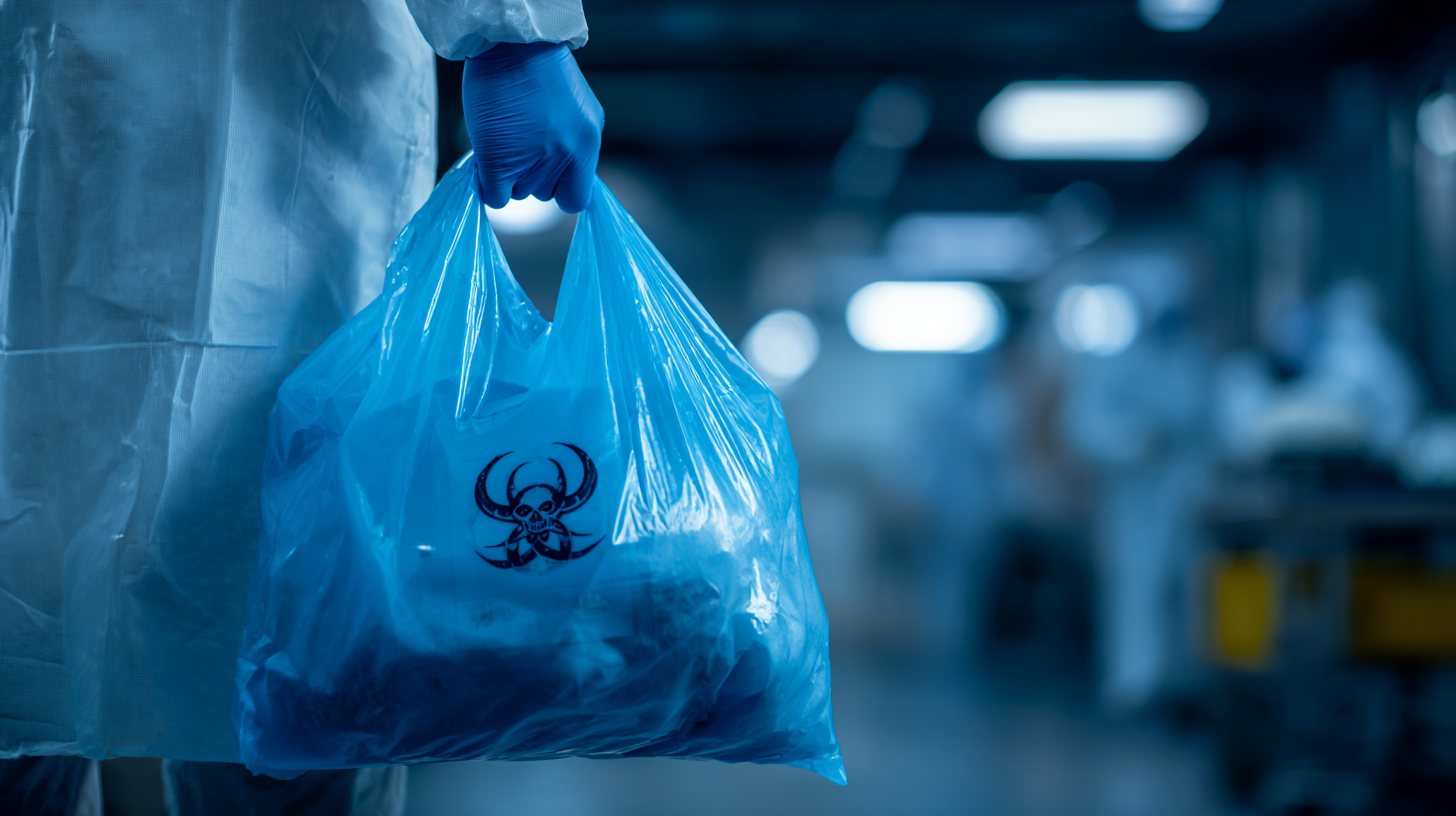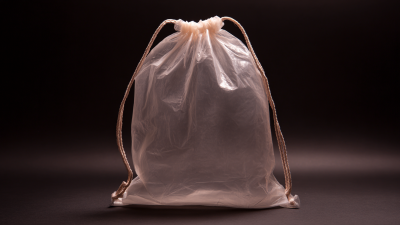 +86 178 5514 5298
+86 178 5514 5298
Leave Your Message
-
 CONTACT NUMBER
CONTACT NUMBER -
 CONTACT NUMBER
CONTACT NUMBER -
 CONTACT NUMBER
CONTACT NUMBER



In the realm of healthcare and laboratory settings, the safe and effective transportation of biohazardous materials is of utmost importance. A crucial element in this process is the biohazard transport bag, which serves as a barrier to prevent contamination and ensure compliance with regulatory standards. Selecting the right biohazard transport bag is essential for health professionals, as it can significantly impact the safety of both workers and the general public. This comprehensive guide aims to delve into the various types of biohazard transport bags available, examining their features, materials, and appropriate use cases. By understanding the critical aspects of biohazard transport bags, healthcare providers can enhance their operational protocols, minimize risk, and ultimately uphold the integrity of their practices in handling hazardous biological waste.

When it comes to transporting biohazard materials, understanding the specific requirements for transport bags is crucial for health professionals. According to the Centers for Disease Control and Prevention (CDC), biohazard bags must be durable, puncture-resistant, and leak-proof to ensure safe containment of potentially infectious substances. The use of color-coded bags, typically red or orange, serves as a visual warning about the contents, adhering to the standards set forth by OSHA and various state regulations.
Additionally, the World Health Organization (WHO) emphasizes the importance of labeling in compliance with international guidelines. A properly labeled biohazard transport bag must include biohazard symbols and relevant handling instructions. Research suggests that approximately 30% of the reported infection control breaches stem from inadequate labeling and packaging of biohazard materials. Therefore, health professionals must carefully choose transport bags that meet or exceed these established requirements to minimize risks during transport and ensure the safety of all individuals involved.
When selecting biohazard transport bags, health professionals should prioritize several key features to ensure safety and compliance with regulations. First, the material of the bag plays a crucial role. Bags made from puncture-resistant and leak-proof materials provide an essential barrier against spillages that could lead to contamination. Additionally, double-bagging systems can enhance safety by providing an extra layer of protection.
Another important aspect is the visibility of biohazard symbols and labeling. Clear, standardized biohazard markings help in quickly identifying hazardous materials, reducing the risk of mishandling. Additionally, consider bags designed with tamper-evident seals. These seals not only preserve the integrity of the contents during transport but also provide legal documentation that the samples have not been altered. Together, these features contribute to a reliable and effective biohazard transport solution for health professionals.
| Feature | Description | Importance |
|---|---|---|
| Material | Durable and puncture-resistant materials like polyethylene or nylon. | Ensures safety and integrity of the contents during transport. |
| Size | Various sizes to accommodate different quantities and types of biohazard materials. | Prevents overloading and spillage, ensuring safe handling. |
| Seal Type | Secure seal options like zip-locks or heat seals to contain contents. | Reduces risk of leaks and exposure during transport. |
| Visibility | Bright colors and clear biohazard symbols for easy identification. | Enhances safety by alerting handlers of potential hazards. |
| Compliance | Meets regulatory standards for biohazard transport. | Ensures adherence to safety protocols and legal requirements. |
| Weight | Lightweight for easy handling but strong enough for heavy contents. | Facilitates easy transport without compromising on strength. |
When selecting biohazard transport bags, choosing the appropriate size is crucial for ensuring both safety and compliance in healthcare settings. According to the Centers for Disease Control and Prevention (CDC), the ideal biohazard bag should be at least 0.75 mils thick to withstand punctures and tears, while providing ample space to securely contain specimens. The size of the bag should correlate with the volume of materials being transported. For instance, small vials or specimens require bags that are 6"x9", whereas larger samples may necessitate bags that measure up to 12"x18".

It’s important to remember that properly-sized bags not only enhance safety but also facilitate organization within laboratories. A report from the World Health Organization (WHO) indicates that improper specimen containment accounts for a significant percentage of biohazard incidents. This highlights the necessity of investing in a range of sizes to accommodate varying specimen dimensions, ensuring effective containment and transport.
When selecting a biohazard transport bag, the choice of materials plays a crucial role in ensuring both safety and durability. Different materials offer varying levels of protection against leaks and punctures, which are vital in preventing contamination and exposure to hazardous substances. High-density polyethylene (HDPE) is a popular choice due to its excellent chemical resistance and ability to withstand rough handling. Additionally, bags reinforced with multi-layer constructions or those that incorporate anti-static properties can further enhance safety during transport.
Moreover, it’s important to consider bags that feature secure closures and clear labeling, as these contribute to effective containment and easy identification of hazardous contents. Materials like polypropylene also provide good durability and flexibility, making them suitable for a range of environmental conditions. Ultimately, health professionals must assess their specific needs—such as the types of biohazards being transported and the conditions of transport—to make an informed choice regarding the most suitable material for their biohazard transport bags. This attention to detail not only helps ensure compliance with safety regulations but also protects public health and safety in the transportation of potentially dangerous materials.
When selecting biohazard transport bags, it is crucial for health professionals to prioritize regulatory compliance to ensure safety and adherence to legal standards. Transport bags must meet specific criteria outlined by health regulatory agencies to prevent contamination and exposure to hazardous materials. Compliance with the standards can be achieved by verifying that the bags are clearly labeled, robust enough to contain leaks, and have appropriate closures that minimize risk during transport.

In addition to the required specifications, staying informed about evolving regulations is essential. Health professionals should routinely review guidelines issued by oversight bodies to ensure their biohazard transport bags meet the most current criteria. This proactive approach not only enhances safety but also reduces the administrative burden associated with non-compliance, thereby safeguarding both patients and healthcare workers. By understanding and implementing these regulations, health professionals can contribute to a safer environment in handling biohazardous materials.






